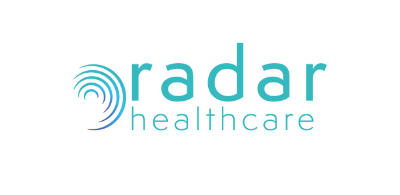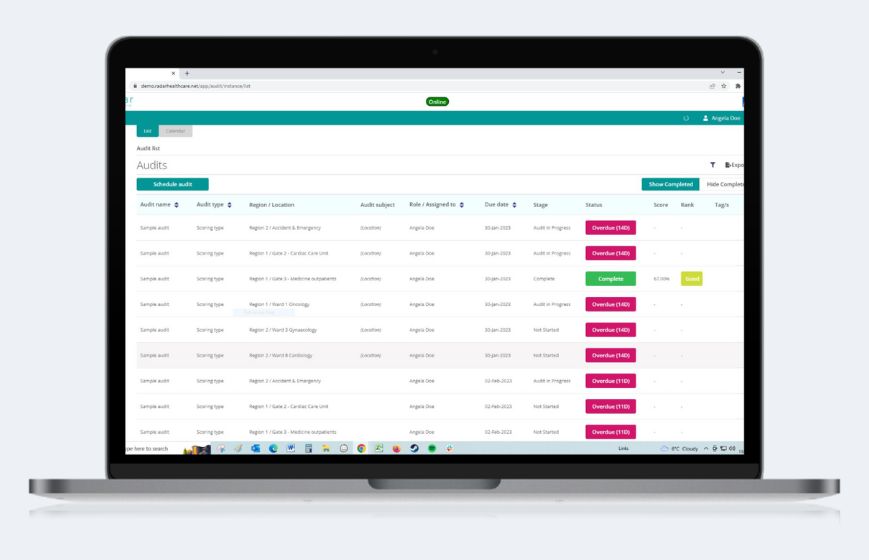Regulating ICSs – systems, places and neighbourhoods
09 November 2021
CQC regulation is changing in various ways, including going more digital, but what about ICSs? With just 6 months to go until ICSs become statutory bodies, we’re taking a look at what system-based regulation could look like.
A three-tiered model
In their guidance on ICSs, NHS England and NHS Improvement have proposed a model of systems, places and neighbourhoods. ICSs are the systems working towards integrating care and improving population health, and they consist of smaller geographies (or ‘places’), where teams are working together to deliver services on even smaller footprints (or ‘neighbourhoods’).
Shifting focus to regulating systems of care
Over the last few years, the NHS has had a larger focus on collaboration and system-working, but when it comes to regulation, the focus has remained on managing the performance of individual organisations.
The CQC has said: “We know it’s now not enough to look at one service in isolation, it’s how services work together that matters most to how people experience care, and we will continue to drive our work in this area forward.”
Recently, the CQC has started to test approaches to regulating systems, and NHS England and NHS Improvement have created 7 joint regional teams to bring together the regulation of commissioners and providers. Both national and regional bodies will be required to move their focus to regulating and overseeing systems of care while working alongside local systems to support changes and improvements.
How Radar Healthcare helps
No matter how ICS’s are regulated in the future, Radar Healthcare is here to help.
Each part of an ICS – whether collectively as a system or as a component part – can use Radar Healthcare for everything from board assurance frameworks, preparing for CQC inspections, clinical audits, and incident management; to improving communication, managing complaints, or running patient satisfaction and staff surveys.
Dashboards and reports offer real-time oversight of an entire system or drilling down to a place, neighbourhood, or an individual organization. This works alongside our unrivalled analytics engine which enables unparalleled insight and informed decision making. Examples of excellence, best practice and lessons learned can also be found within this data and shared throughout an ICS, moving to a Safety II culture that values continuous improvement.
Risk can be managed centrally – at place or board level – through one risk register for all areas, and disparate teams are enabled to share data and speak the same digital language.
A real point of pride of Radar Healthcare is its flexibility and configurability. This means that no matter what needs emerge for ICSs, our software will be able to respond efficiently and effectively.







